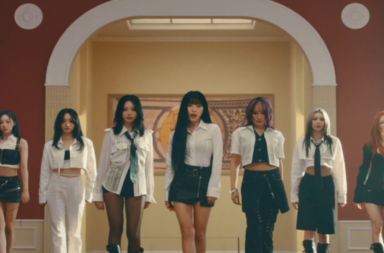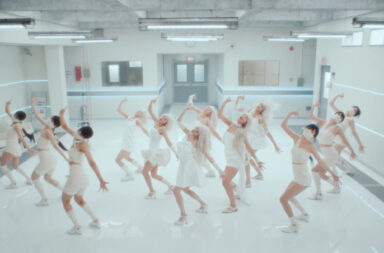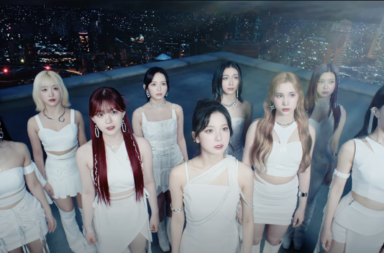
Lee Euijin is a name that has been all over the place, mostly because he hasn’t had the best of luck with groups. K-Pop was first introduced to Euijin as Lo-J, when he was added to the line-up of A.Cian in 2014 as the leader and rapper. However, due to the circumstances within the agency, he ended up leaving just a year later. In 2017, he was added to Bigflo along with two other members, this time as a vocalist. Shortly after, Bigflo participated in KBS’ rebooting survival show “The Unit”, with Euijin earning praise by both mentors and viewers for his exceptional dancing skills and charisma. He eventually placed 2nd in the final episode and promoted in temporary project group UNB. Just a few months ago, Bigflo was announced to be going into a group hiatus, as Ron and Hightop leave the group after their contract expirations, leaving the group with only its three latest additions.
It makes sense then for Euijin to continue the momentum he has built up as a UNB member and try going solo instead, giving fans a taste of the result of his accumulated labour over the years. The timing couldn’t have been better as he has already completed his compulsory military service pre-debut, while most of his same-aged peers begin to enlist.
“Insomnia” is an emotional EDM track about the restlessness that comes with the never-ending longing for a past love. For a debut, the song itself feels unispired, with its safe adherence to the overused formula found in present day K-Pop both structurally and musically. It is especially surprising considering the song is produced by Brave Brothers, who has produced for acts like Big Bang, Sistar, 4Minute and AOA. The music video hence holds an important role of filling up the gaps where the song itself lacks, to which it does a commendable job.
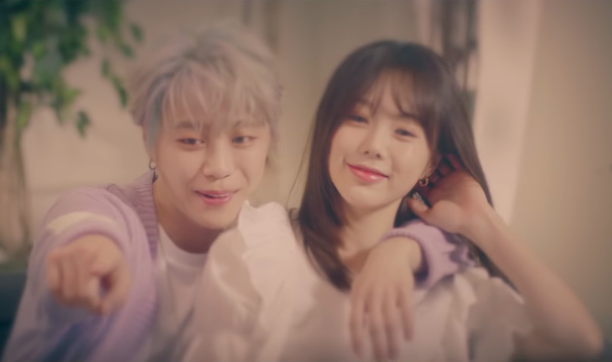
A large reason for this is the artistic direction in terms of colour grading. While sharp, boldly contrasted colours are more commonly utilised in K-Pop to stand out and catch the attention of viewers, the music video for “Insomnia” takes on an opposite approach. From start to end, the colours are low on saturation with little colour differentiation. The choreography scenes form the base of the music video, and a noticeable monochrome palette is employed for these scenes even as the video is shot entirety in colour. Tints of green and pink permeate through the scenes, with the green predominantly used to symbolise the sadder reality of “side effects” caused by the departure of of the lover, and the pink used to romanticise the pure and innocent memories of their past.
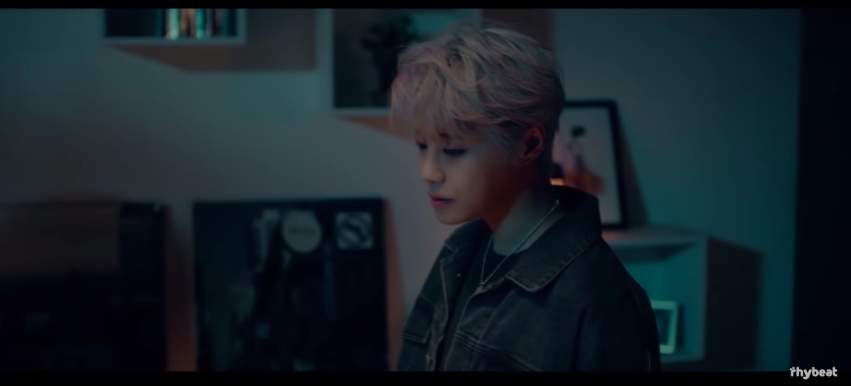
Illumination and shadows also play a huge part in masking a sense of reality while expressing the painful dilemma between blissful memories and gaping loss. Nonetheless, the video manages to retains a sense of closeness and relatability through the use of everyday settings and the simple intimacy of the flashback scenes. The overall result is a softness and tenderness that seem nearly dream-like, but never to the point of feeling otherworldly or fantastical.
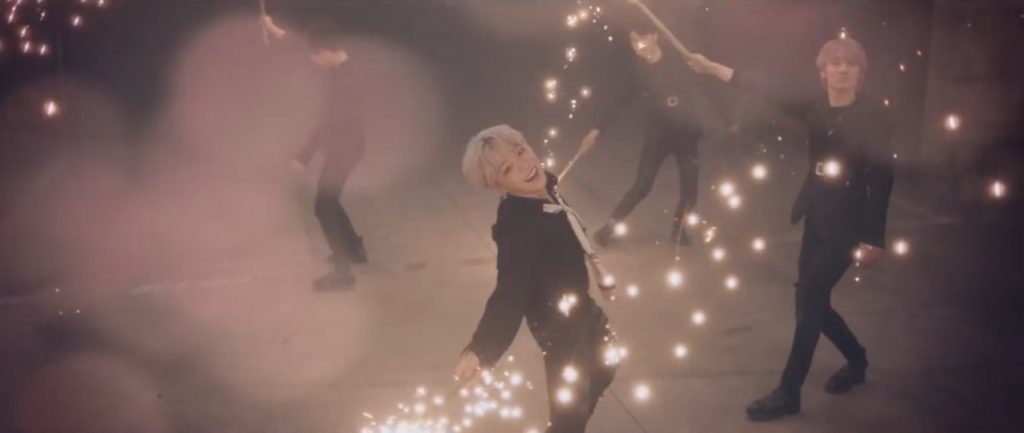
The combination of colour and lighting give the video consistently dignified elegance. The only change to this formula was used to build up the climax of the song at the end of the song’s bridge, where a split second of rainbow was used before the burst of pink at the final chorus through simple yet gorgeous shots of Euijin and the backup dancers playing with sparklers. The pink is at its most overwhelming, and these joyous scenes are alternated between more sombre greens. The intensity of the final scenes give the song’s otherwise stagnant beat drop a sense of renewed excitement and finality, as it slows down to a bleak conclusion, represented by a scene of Euijin on his knees.
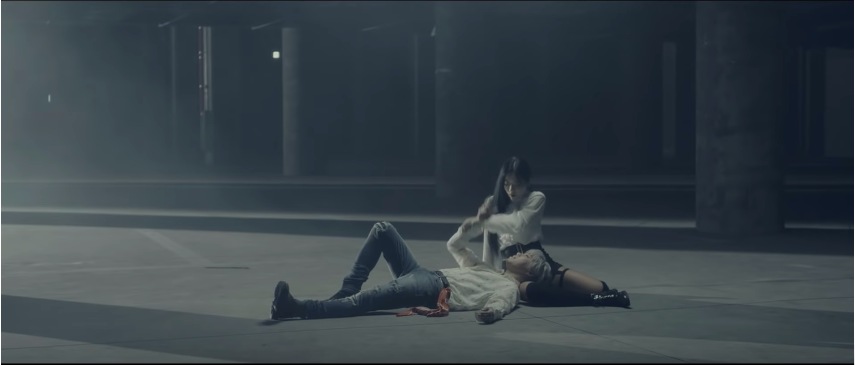
As a member of professional popping crew Da’onez since his pre-debut days, Euijin’s roots are very much firmly grounded in dance. The song’s choreography hence noticeably fails to capitalise on his level of skill, with the only memorable scene being the use of pair work in the second verse. It’s a shame considering how his expertise in popping, in particular, is something few in the industry have the credentials to match up to.
Having been in different groups through the years, Euijin has always been versatile enough to adapt accordingly to different music styles and concepts. Standing alone for the first time, it is unsurprising that he has not quite found a distinct identity for himself musically. Yet, the possibilities are endless for Euijin, who is no stranger to new beginnings and has proven time and again that he can pull off about just any kind of genre with a star quality and draw that is hard to resist.
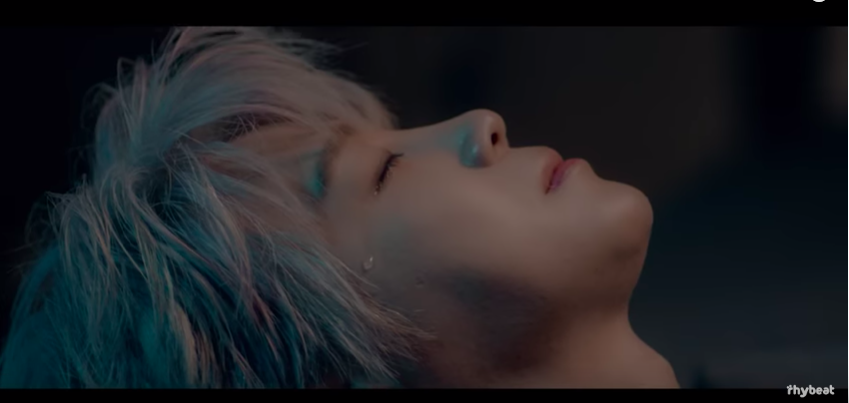
Despite the underwhelming choreography and the mediocrity of the song itself, the overall work still manages to be successful because of Euijin himself. While not much of a technically experienced or strong vocalist, Euijin’s bright tenor complements “Insomnia” well, allowing him to emote the song’s lyrics in a way that expresses a much-needed maturity. In the video, he dances and acts convincingly without coming across too try-hard, his expressions full of conviction and emotion as he delves into his character fully.
“Insomnia” is a video that captures its intended emotion beautifully, but could have afforded to be much bolder, especially as the debut music video of an artist with a lot to prove, yet also has the talent to back it up. The subdued grace of “Insomnia” will be well-appreciated by Euijin’s present fanbase, but is unfortunately unlikely to catch the attention of many new fans. As Euijin becomes more involved in songwriting, it will be interesting to see where this new chapter will take him, as he hopefully develops a more distinct identity for himself that will enable him to showcase his fullest potential.
(YouTube; Images via HO Company)
